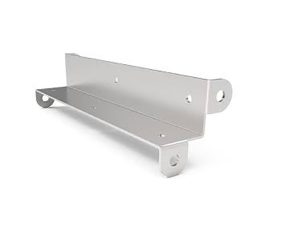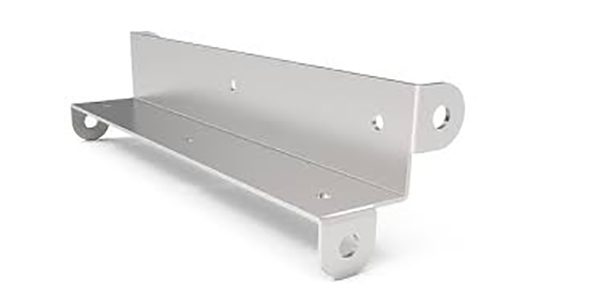
In the manufacturing process of automotive sheet metal parts, quality can be ensured through the following aspects:
**I. Material selection**
1. Select high-quality steel: Choose high-strength steel that meets automotive industry standards to ensure that sheet metal parts have sufficient strength and rigidity to withstand various stresses during vehicle driving. 2. Consider the machinability of materials: Select materials that are easy to stamp, weld, and surface treat to improve production efficiency and quality stability.
3. Conduct material inspection: Conduct strict inspection on purchased steel, including chemical composition analysis, mechanical property testing, etc., to ensure that the materials meet quality requirements.
**II. Stamping process**
1. Design reasonable stamping dies: According to the shape and size of sheet metal parts, design stamping dies with reasonable structure and high precision. The manufacturing precision and surface quality of dies directly affect the dimensional precision and surface quality of sheet metal parts.
2. Optimize stamping process parameters: Determine the optimal stamping process parameters such as stamping speed, pressure, and temperature through tests and simulation analyses to ensure the forming quality of sheet metal parts.
3. Conduct stamping part inspection: Inspect the stamped sheet metal parts in terms of dimensional precision, surface quality, and mechanical properties to discover and solve problems in time.
**III. Welding process**
1. Select appropriate welding methods: According to the material and structural characteristics of sheet metal parts, select appropriate welding methods such as resistance welding, gas shielded welding, and laser welding. Different welding methods have different advantages and disadvantages and need to be selected according to actual situations.
2. Control welding parameters: Strictly control welding parameters such as welding current, voltage, and welding speed to ensure the quality stability of welded joints. At the same time, pay attention to the heat input during welding to avoid deformation or reduction in strength of sheet metal parts due to overheating.
3. Conduct welding quality inspection: Conduct visual inspection, non-destructive testing, and mechanical property testing on welded joints to ensure that the welding quality meets requirements.
**IV. Surface treatment**
1. Select appropriate surface treatment methods: According to the use environment and requirements of automobiles, select appropriate surface treatment methods such as painting, galvanizing, and chromium plating. Different surface treatment methods have different anti-corrosion properties and decorative effects and need to be selected according to actual situations.
2. Control surface treatment process parameters: Strictly control parameters such as temperature, time, and coating thickness during the surface treatment process to ensure stable surface treatment quality. At the same time, pay attention to environmental protection requirements during the surface treatment process to avoid causing pollution to the environment.
3. Conduct surface treatment quality inspection: Conduct visual inspection, adhesion test, and corrosion resistance test on sheet metal parts after surface treatment to ensure that the surface treatment quality meets requirements.
**V. Quality control system**
1. Establish a perfect quality management system: Formulate strict quality management systems and processes, clarify the quality responsibilities of various departments and positions, and ensure the orderly progress of quality management work.
2. Strengthen process control: Conduct comprehensive monitoring of the manufacturing process of automotive sheet metal parts, discover and solve problems in time. Strengthen the control of key processes and special processes to ensure stable quality.
3. Conduct quality traceability: Establish a quality traceability system, number and record each sheet metal part so that when quality problems occur, it can be traced back to the production link in time and effective measures can be taken for rectification.
4. Train employees: Strengthen the training of employees, improve their quality awareness and operating skills, and ensure that employees can operate in accordance with standards and specifications. In conclusion, in the manufacturing process of automotive sheet metal parts, we should start from aspects such as material selection, stamping process, welding process, surface treatment, and quality control system to comprehensively ensure the quality of sheet metal parts.






